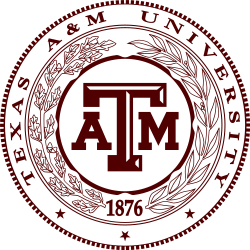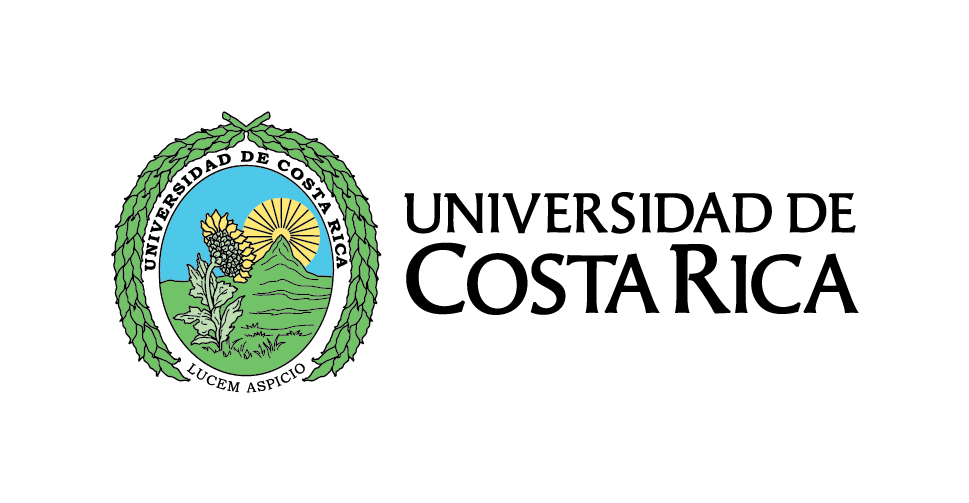Texas A&M University
 Texas A&M University (Texas A&M, A&M, TA&M, or TAMU) is a public, land-grant, research university in College Station, Texas, United States. It was founded in 1876 and became the flagship institution of the Texas A&M University System in 1948. Since 2021, Texas A&M has enrolled the largest student body in the United States. It is classified among "R1: Doctoral Universities – Very high research activity" and since 2001 a member of the Association of American Universities.
Texas A&M University (Texas A&M, A&M, TA&M, or TAMU) is a public, land-grant, research university in College Station, Texas, United States. It was founded in 1876 and became the flagship institution of the Texas A&M University System in 1948. Since 2021, Texas A&M has enrolled the largest student body in the United States. It is classified among "R1: Doctoral Universities – Very high research activity" and since 2001 a member of the Association of American Universities.The university was the first public higher education institution in Texas; it opened for classes on October 4, 1876, as the Agricultural and Mechanical College of Texas (A.M.C.) under the provisions of the 1862 Morrill Land-Grant Act. In the following decades, the college grew in size and scope, expanding to its largest enrollment during WWII before its first significant stagnation in enrollment post-war. Enrollment grew again in the 1960s under the leadership of President James Earl Rudder, during whose tenure, the college desegregated, became coeducational, and ended the requirement for participation in the Corps of Cadets. In 1963, to reflect the institution's expanded roles and academic offerings, the Texas Legislature renamed the college Texas A&M University; the letters "A&M" were retained as a tribute to the university's former designation.
The university's main campus spans over , and includes the George H. W. Bush Presidential Library and Museum. The university offers degrees in more than 130 courses of study through 18 colleges, and houses 21 research institutes. As a senior military college, Texas A&M is one of six American universities classed as such and has a full-time, volunteer Cadet Corps whose members study alongside civilian undergraduate students. About one-fifth of the student body lives on campus. Texas A&M has more than 1,000 officially recognized student organizations. The university's students, alumni, and sports teams are known as Aggies, and its athletes compete in eighteen varsity sports as a member of the Southeastern Conference. Provided by Wikipedia


